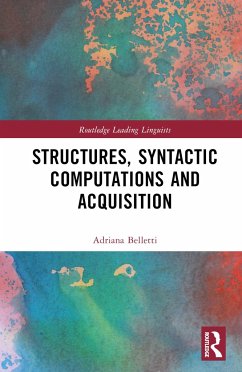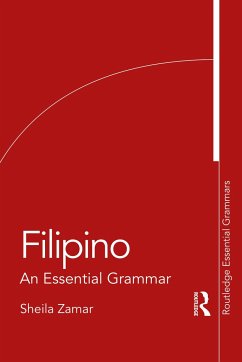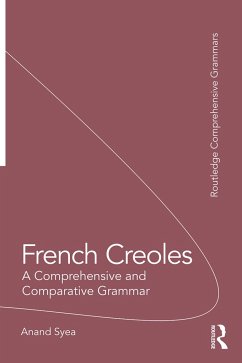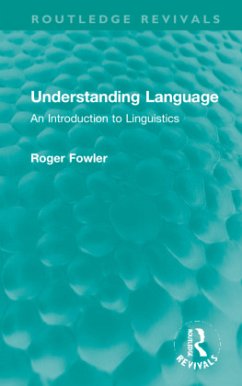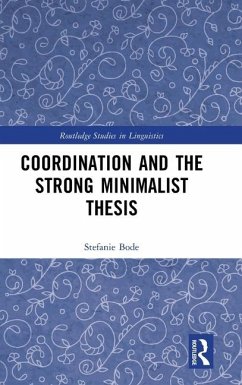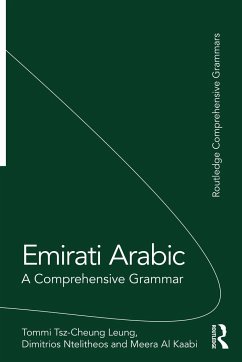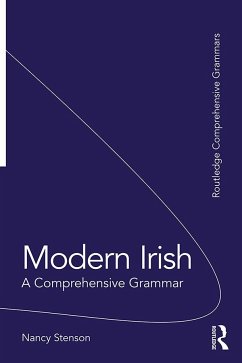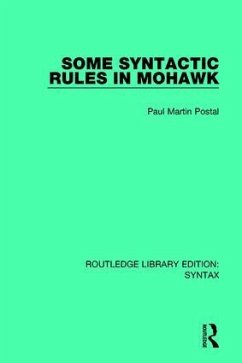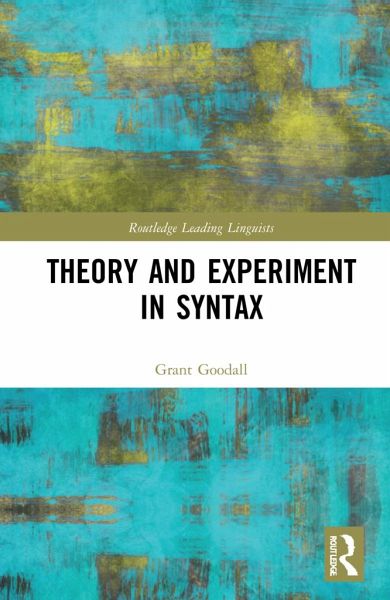
Theory and Experiment in Syntax
Versandkostenfrei!
Versandfertig in 6-10 Tagen
154,99 €
inkl. MwSt.
Weitere Ausgaben:

PAYBACK Punkte
77 °P sammeln!
This book reflects on key questions of enduring interest on the nature of syntax, bringing together Grant Goodall's previous publications and new work exploring how syntactic representations are structured and the affordances of experimental techniques in studying them.The volume sheds light on central issues in the theory of syntax while also elucidating the methods of data collection which inform them. Featuring Goodall's previous studies of linguistic phenomena in English, Spanish, and Chinese, and complemented by a new introduction and material specific to this volume, the book is divided ...
This book reflects on key questions of enduring interest on the nature of syntax, bringing together Grant Goodall's previous publications and new work exploring how syntactic representations are structured and the affordances of experimental techniques in studying them.
The volume sheds light on central issues in the theory of syntax while also elucidating the methods of data collection which inform them. Featuring Goodall's previous studies of linguistic phenomena in English, Spanish, and Chinese, and complemented by a new introduction and material specific to this volume, the book is divided into four sections around fundamental strands of syntactic theory. The four parts explore the dimensionality of syntactic representations; the relationship between syntactic structure and predicate-argument structure; interactions between subjects and wh-phrases in questions; and more detailed investigations of wh-dependencies but from a more overtly experimental perspective. Taken together, the volume reinforces the connections between these different aspects of syntax by highlighting their respective roles in defining what syntactic objects look like and how the grammar operates on them.
This book will be a valuable resource for scholars in linguistics, particularly those with an interest in syntax, psycholinguistics, and Romance linguistics.
The volume sheds light on central issues in the theory of syntax while also elucidating the methods of data collection which inform them. Featuring Goodall's previous studies of linguistic phenomena in English, Spanish, and Chinese, and complemented by a new introduction and material specific to this volume, the book is divided into four sections around fundamental strands of syntactic theory. The four parts explore the dimensionality of syntactic representations; the relationship between syntactic structure and predicate-argument structure; interactions between subjects and wh-phrases in questions; and more detailed investigations of wh-dependencies but from a more overtly experimental perspective. Taken together, the volume reinforces the connections between these different aspects of syntax by highlighting their respective roles in defining what syntactic objects look like and how the grammar operates on them.
This book will be a valuable resource for scholars in linguistics, particularly those with an interest in syntax, psycholinguistics, and Romance linguistics.




